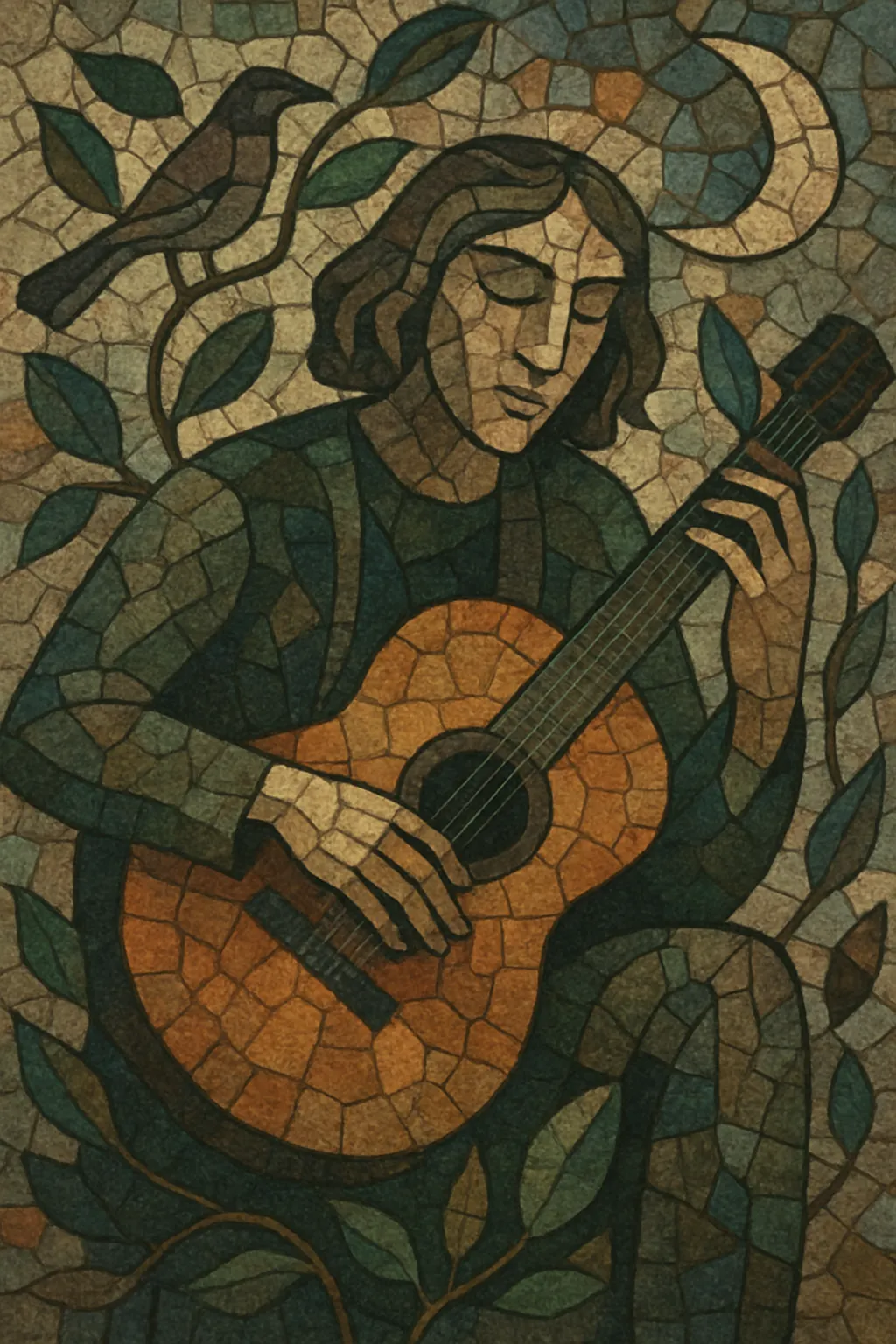
Avant-folk is a strand of folk music that applies avant-garde, experimental, and modernist techniques to traditional song forms, instrumental vocabularies, and storytelling.
It retains acoustic timbres and folk modalities while embracing unusual tunings, extended techniques, drones, free improvisation, tape collage, and nonstandard song structures. The result is music that sounds rooted and ancient yet exploratory and boundary-pushing, often intimate in texture but radical in form.
Avant-folk emerged in the late 1960s out of the British and American folk revivals, when adventurous musicians began to fuse traditional folk modalities with the exploratory mindset of the avant-garde. Groups like The Incredible String Band juxtaposed acoustic strings, global instruments, drones, and psychedelic harmony, while American artists such as John Fahey and Henry Flynt folded experimental composition, extended technique, and non-Western scales into folk idioms.
Following its late-1960s spark, the approach diversified. Some artists leaned into amplified or ritualistic intensity (e.g., Comus), while others pursued austere drones, early-music timbres, or free improvisation within folk frameworks. Underground cassette and DIY cultures in the 1980s–1990s kept the lineage alive, using lo-fi recording, found sounds, and musique concrète techniques to expand the palette without abandoning the acoustic core.
In the early 2000s, a new wave—often tagged as freak folk, free folk, or wyrd folk—reframed avant-folk aesthetics for a new generation. Artists incorporated harp, harmonium, hand percussion, field recordings, and irregular forms, embracing communal recording, hybrid tunings, and a focus on timbre and atmosphere. This period helped codify avant-folk as a recognizable, if porous, practice rather than a one-off experiment.
Today, avant-folk is a transnational practice that blends chamber textures, drone, electroacoustic processing, and narrative songwriting. Artists may shift fluidly between intimate balladry and abstract soundscapes, drawing on minimalism, modal jazz harmony, and non-Western folk traditions. The scene intersects with indie folk, chamber folk, and folktronica, influencing festival programming, conservatory-trained composers, and home-studio experimenters alike.
Start with the acoustic intimacy of folk (voice, guitar, fiddle, harp, dulcimer) and treat it as material for experimentation. Preserve modal flavors and storytelling, but disrupt expectations through form, timbre, and process.

